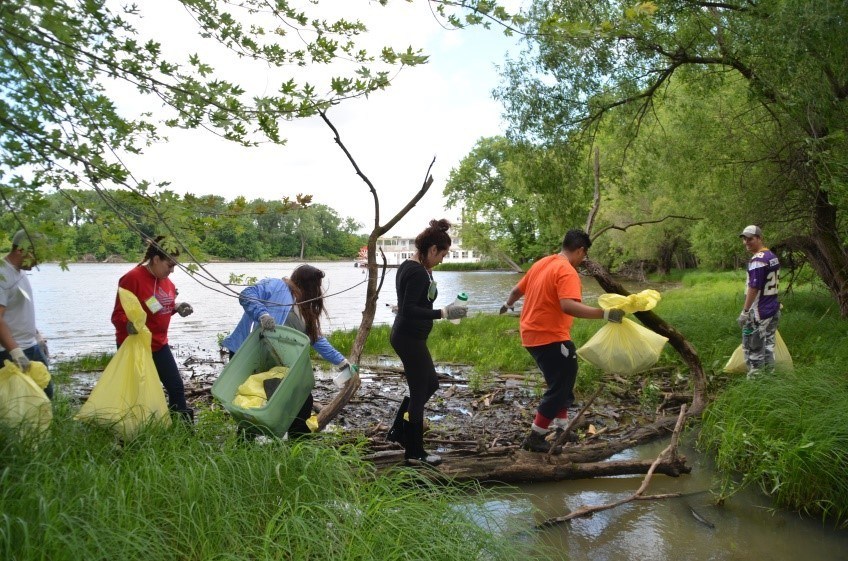The Mississippi and its unseen tributaries

“The Mississippi River towns are comely, clean, well built, and pleasing to the eye, and cheering to the spirit.”
– Mark Twain
To impose on a reader affirmations concerning the importance and historical significance of the Mississippi – our continent’s longest river – seems no more necessary than asserting the sun rises in the east and sets in the west. Well documented are its contributions to commerce, history, literature and recreation. But less frequently considered is its contribution to the economic vitality of the cities through which it passes. Of course, in bygone days it played a huge role in transporting goods, and that continues. Today, “Ol’ Man River” is also the source of new opportunities that generate revenue, create jobs and enhance quality of life.

The Mississippi is an important part of our state’s identity, and a clean, vibrant river is good for commerce and recreation – including a growing tourism trade.
Notably, the river has seen growing tourism. Cruise lines report increased bookings, as tourists – many foreigners among them – come to gather first-hand accounts of this important contributor to America’s past and to enjoy its majestic views as a backdrop. They’re drawn to upgraded ports of call like St. Paul, a city that greets them with a beautifully restored and modernized Union Depot and a bustling urban scene just a few steps away. Restaurants, bars and public spaces are also embracing the river, as locals start to discover for themselves what the tourists are coming to see.
So, beyond the important environmental reasons, when Conservation Corps assembled more than 100 volunteers to clean up the Mississippi at several sites just south of St. Paul, they were helping the river and helping the city, too. This annual Adopt-a-River event gave them plenty to do: They cleaned up enough trash to fill two 30-yard dumpsters – imagine a 14-foot by 14-foot room with walls eight feet high – that included large Styrofoam blocks, many bags of plastic bottles and more tires than in any previous year. (Also unearthed was a 1939 Chicago newspaper with accounts of an aggressive German leader seizing Czechoslovakia and otherwise upending the status quo in Europe.) The refuse list went on to include chairs, mattresses, fishing line and lures, shoes, old mop heads and plastic bottle caps.
Crew members report Styrofoam is particularly burdensome. One piece will disintegrate into six when touched, and the wind will quickly disperse some number of those. They’re not gone, though, and those shards will continue to besmirch the landscape in their new location or float downriver to compromise the scenery somewhere else.

This art – from debris pulled from the Mississippi and its banks – was created in 2012 and is now located at the DNR office in Saint Paul.
To raise awareness of the problem, from 1994 through 2014, the Adopt-A-River program commissioned artists to make outdoor sculptures from found trash, which were exhibited near the Department of Natural Resources (DNR) building at the Minnesota State Fair and later put on permanent display at various locations.
The impact of the Mississippi reaches far beyond it banks. Help from Conservation Corps protects its ecosystem, but with a clean river and clean environs, it also helps the river pay proud homage to its history and be an asset to cities eager to capitalize on the new opportunities it provides.
You can volunteer for this year’s event, the 26th Annual Great Mississippi Riverboat Cleanup, on Thursday, June 15th from 8am to 2:30pm. Visit our website for more information and to register.
From its inception in the mid-1980s, the DNR Adopt-A-River program educated Minnesotans about caring for and cleaning up rivers and watersheds. Since then, 90,000 volunteers at more than 3,200 cleanups have removed 6.5 million pounds of trash from 11,000 miles of Minnesota’s public waters. In 2016, the program transitioned to Conservation Corps Minnesota & Iowa, a long-time partner of the Minnesota DNR.